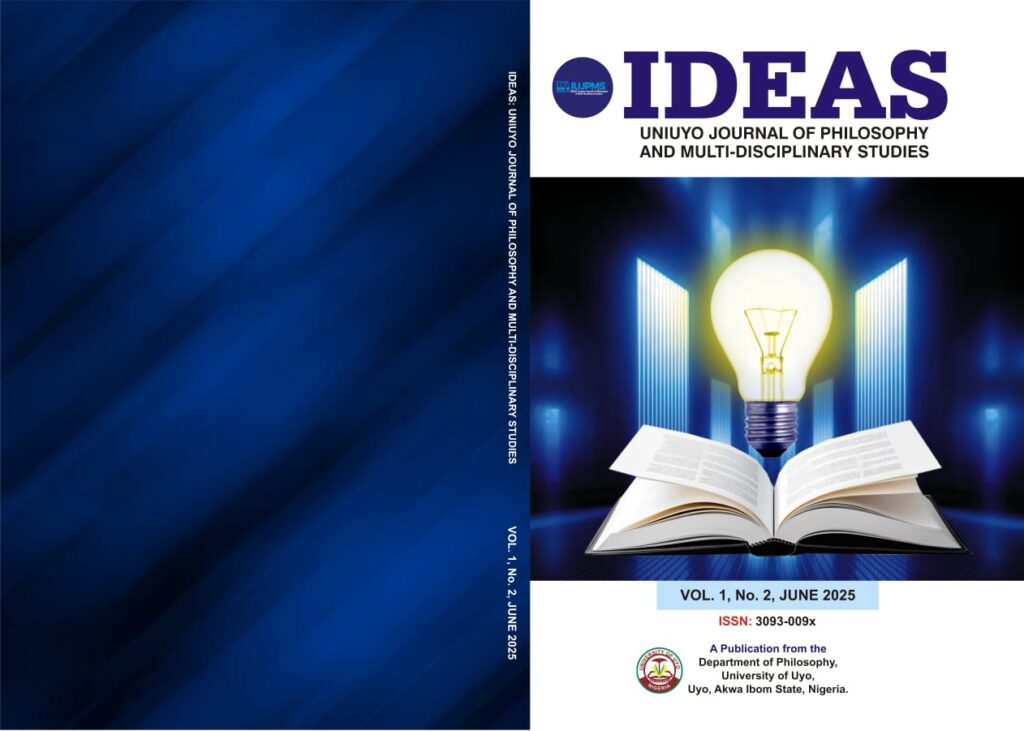Plato’s allegory of the cave as demonstrated in his The Republic is basically about the existence of two worlds of lived existential realities which can be summed up as subjective and objective. Conscious experience played a major role in the allegory which bifurcates the subjective and objective dimension necessary for effective translation. The allegory is a representation of the real, from the unreal as well as the perspectives derivable from affinity to the senses or intuitive knowledge. In the allegory, there are two actors in the whole drama of reality who are the subjects of circumstances (those trapped in the cave and the one who gained freedom from the cave) owing to their discrepancies in beliefs which can be conceptual or textual. Going by the linguistic theory of translation, the study attempts to understand the place and importance of the subject (translator) and his engagement with the object (Source Text- ST, Source Language-SL). The aim of the study is to consolidate on the efforts of the translator who swims amidst the tide of social realities and expectations in the face of doing a thorough job. The study holds the position that this aspect of translation can aid in the general understanding of translation studies just as Plato’s allegory of the cave has been very informative in the area of demarcating knowledge and truth from opinion.
Written by:
Dr. (Mrs.) Dominica Emmanuel Ukpong
Department of foreign Languages
University of Uyo, Uyo
nkoyodomi@gmail.com
08166960994

